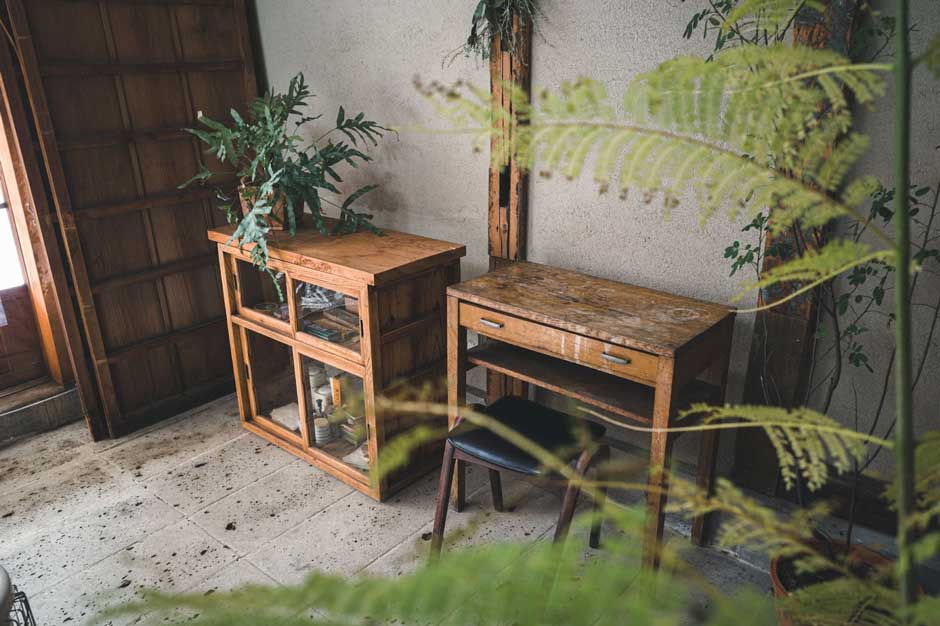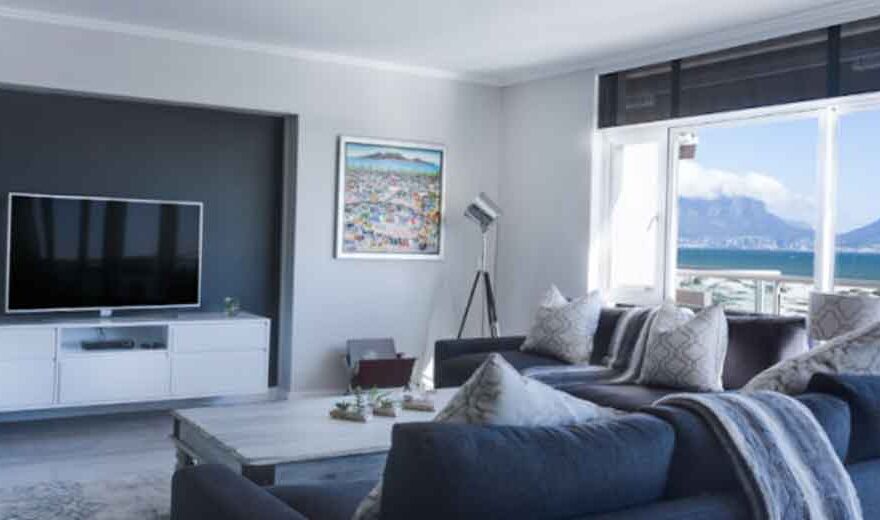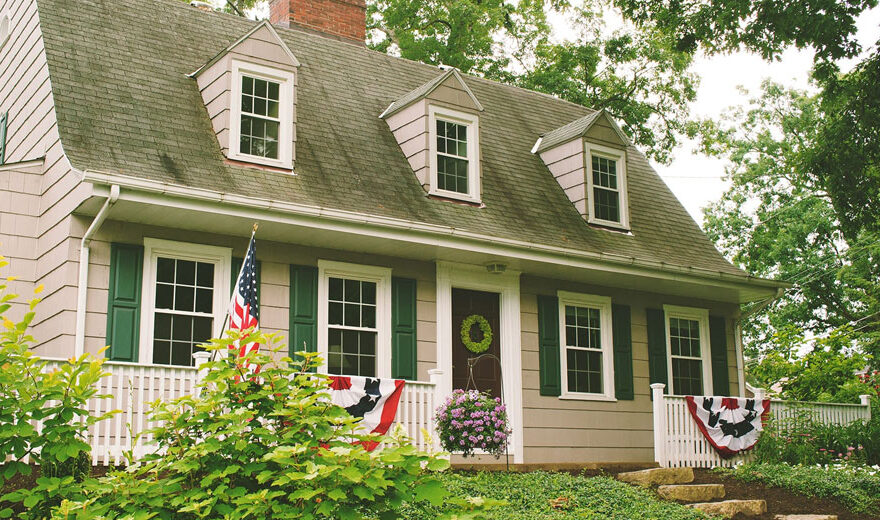The Secret to Decorating on a Budget Without Sacrificing Style

Creating a beautifully designed home doesn’t have to involve a luxury budget or hours spent building furniture out of boxes. In fact, some of the most charming, well-styled interiors are created with an eye for value — and a little creativity. When done right, decorating on a budget isn’t about settling. It’s about seeing potential where others don’t, notes C&C Property Management experts.
One of the smartest strategies? Rethinking where you shop. Instead of going straight to big-box stores or mass-market sites, consider the overlooked power of the used furniture store. These shops can help stretch your budget while offering furniture and decor with far more character than anything freshly manufactured.
Why Budget Decorating Doesn’t Mean Basic
For years, decorating on a budget was associated with doing more with less — less quality, less personality, and definitely less choice. But that narrative is shifting. With the rise of secondhand culture and the push toward sustainability, budget-conscious design has entered a more creative, flexible era.
Decorating affordably today means:
- Mixing old with new for a custom look
- Shopping slowly and intentionally, rather than filling a space all at once
- Choosing quality over quantity, even if the piece has a few years behind it
- Taking pride in the hunt, not just the final result
Instead of buying cheap furniture that will need replacing in a year, shoppers are increasingly seeking out secondhand items that offer better craftsmanship — and a better story.
What You’ll Find in a Good Used Furniture Store
Used furniture stores are no longer cluttered warehouses of cast-offs. Many are well-curated spaces that specialize in quality pieces with life left in them. Think solid wood dressers, leather armchairs with patina, marble-top coffee tables, or vintage cabinets with dovetail joinery.
These items often come from estates, downsizing households, or interior redesigns. They’re not broken or worn out — they simply no longer fit someone else’s needs. That makes them prime for a second chance in your home.
In a thoughtfully stocked used furniture store, you’ll often find:
- Furniture made to last, not mass-produced
- Styles that have cycled back into fashion, like mid-century modern or farmhouse industrial
- One-of-a-kind finds that add interest and personality to your rooms
And because new inventory arrives regularly, each visit offers new possibilities.
Styling Secondhand Finds Like a Pro
The beauty of decorating with secondhand pieces is how seamlessly they blend with other styles — especially when you embrace contrast. Here’s how to make used furniture feel elevated, not improvised:
- Layer textures: Pair a rustic wood bench with a sleek velvet throw
- Play with finishes: Combine matte ceramics with polished brass accents
- Balance scale: Use a vintage statement piece, like an oversized mirror or armoire, to ground a space
- Reimagine purpose: Turn an old bar cart into a plant stand or a vintage trunk into a coffee table
- Use restraint: Mix in secondhand items without overstuffing the room — editing is key to cohesion
The goal isn’t to recreate a showroom. It’s to build a space that feels lived-in and uniquely yours.
The Price Advantage — Without Compromise
One of the most satisfying parts of shopping secondhand is the price tag. High-end pieces that may have originally cost thousands can often be found for a fraction of their retail value — especially when sold locally or on consignment.
This gives you room to experiment with styles you might not try at full price, or to invest in one or two quality pieces that anchor a room. It also frees up budget for other home upgrades, like lighting, plants, or even professional cleaning services.
And because secondhand furniture holds its value better than mass-produced items, you often have the option to resell or trade it later on.
Getting the Most Out of Your Visit
To make the most of your trip to a used furniture store, go in with an open mind — and a little preparation. Keep dimensions of your space handy, including tricky corners or wall lengths. Bring photos of the room you’re decorating and fabric swatches if you have them.
Other useful tips:
- Shop often: Inventory turns over quickly, and the best pieces go fast
- Don’t judge by placement: A piece might be hidden behind others — take your time to look carefully
- Ask questions: Staff can often tell you the backstory of a piece or help you spot hidden gems
- Negotiate respectfully: Some stores are open to offers, especially if an item has been on the floor for a while
- Think long term: Buy with the idea that you’ll keep a piece for years — even if it needs a little polish or reupholstering
Decorating your home doesn’t have to involve compromises in taste or quality. With the right approach — and the right places to shop — you can create a space that looks high-end, feels personal, and still respects your budget.


